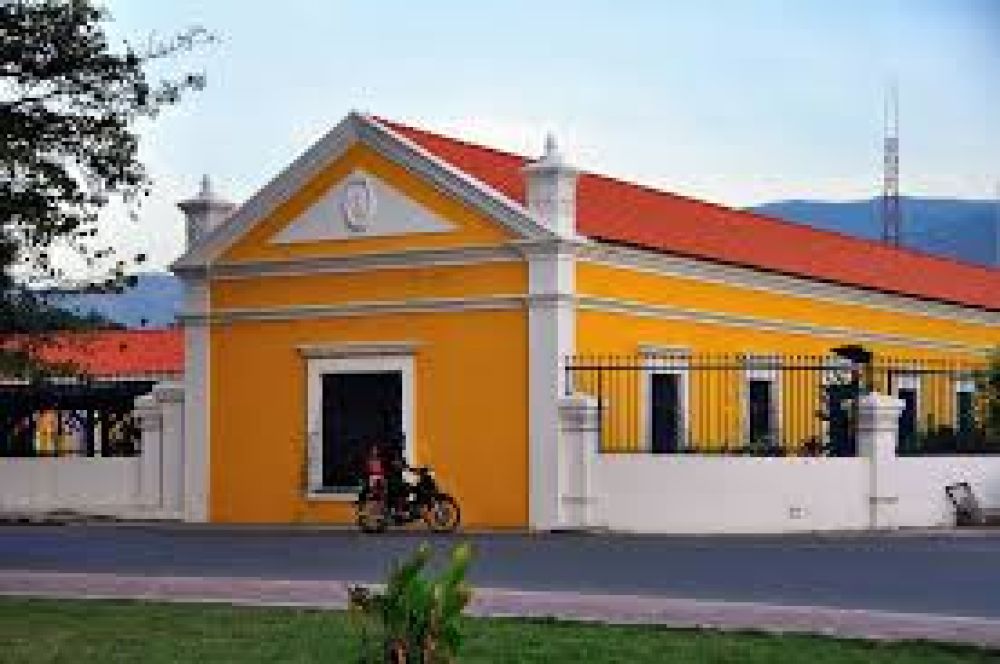

Timor-Leste, once known as East Timor, carries a rich legacy that reflects its historical tapestry, particularly through its architecture. The town of Same (pronounced Sah-may) is one of the locations where Portuguese Colonial Architecture stands as a testament to the era when the country was a colony of Portugal.
Portugal established its stronghold in Timor in the 16th century and maintained its colonial influence until 1975, with a brief occupation by the Japanese during World War II. In the small town of Same, as in other parts of the country, the Portuguese erected structures that amalgamated European styles with local building techniques and materials. Though independence was declared in 1975, it was not until 2002 that Timor-Leste became fully sovereign, after a period of Indonesian occupation and subsequent UN administration.
Same is illustrative of this colonial past, with remnants of Portuguese-style buildings that once served as administrative offices, residences, and community centers. After years of conflict, some of these buildings have suffered damage but they remain a crucial part of the national heritage and attract tourists interested in the country's historical narrative.
The history of tourism in Timor-Leste is relatively young due to the nation's turbulent past and its late emergence onto the world stage in the 21st century. However, it is gaining gradual recognition for its natural beauty, cultural diversity, and historical sites. The untouched coral reefs, mountainous terrain, rich traditions, and Portuguese colonial history are the main attractions.
In recent years, there has been a growing trend towards ecotourism and cultural tourism in Timor-Leste. Travelers are looking for authentic experiences that allow for cultural exchange and minimal environmental impact. The government and various NGOs are working on developing sustainable tourism models that preserve both natural and cultural heritage while benefiting local communities.
Moreover, there is an increasing focus on restoring historical structures, such as those in Same, to boost cultural tourism and educate visitors on the nation's complex history. The promotion of Timorese coffee, which is grown in the mountainous regions including the area surrounding Same, has also become a part of the tourism offer, connecting agriculture with cultural experiences.
As this sector continues to develop, there is optimism that Timor-Leste can balance growth in tourism with preservation of its unique environment and architectural history, providing a distinctive destination for intrepid travelers seeking out the road less traveled.